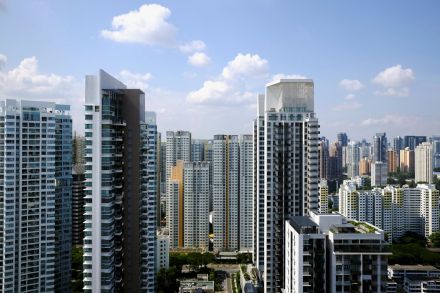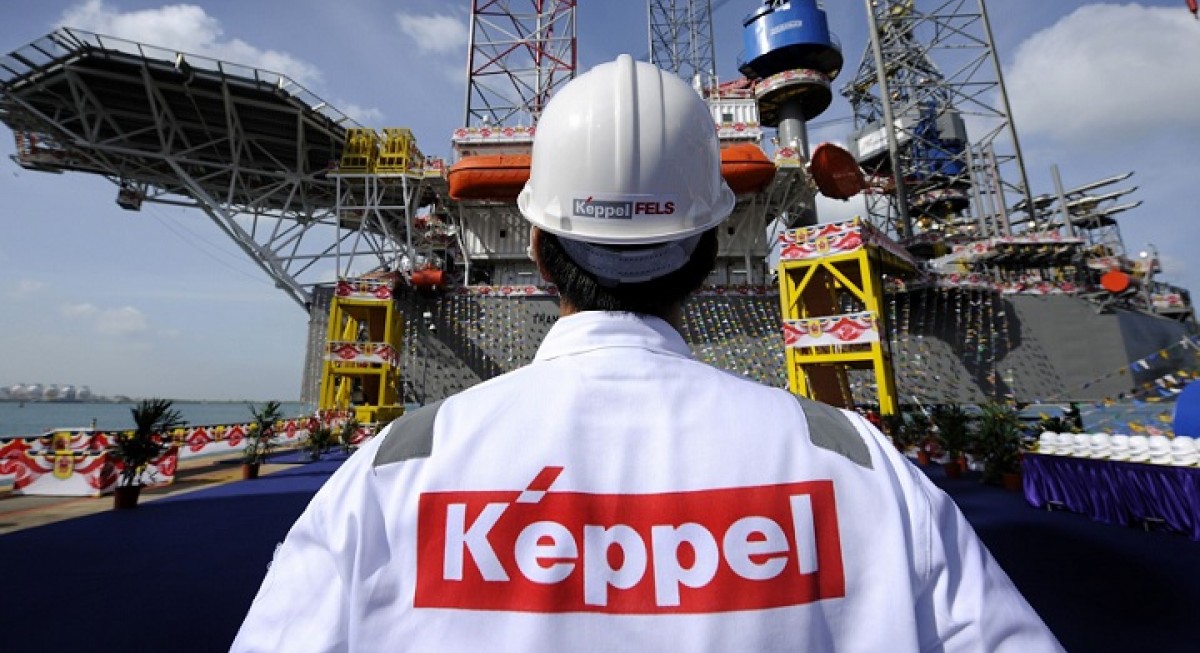Inline 2Q24 result and distributions; to benefit from higher capex
- NLT’s 2Q24 EBITDA of S$73.9m (-1.7% q-o-q, +1.9% y-o-y) and 1H24 distributions per unit (DPU) of 2.65Scts (+1.1% y-o-y) was in line with consensus expectations.
- No news on regulatory review yet; NLT is incurring higher capex during FY24F for the new central office which should lead to higher regulated asset base and higher EBITDA growth over FY24-28F.
- Maintain BUY with TP of S$0.98, assuming a forward distribution yield of 5.5%. We expect NLT’s current yield spread of 319bps to narrow to 250bps due to the resilient nature of its distributions. NLT’s yield of 6.4% is also higher than the 5.8% average offered by Singapore industrial REITs despite much longer asset life of NLT.
2Q24 EBITDA of S$73.9m (-1.7% q-o-q, +1.9% y-o-y) was inline with consensus expectations. NetLink NBN (NLT) recorded EBITDA of S$73.9m (-1.7% q-o-q, +1.9% y-o-y) in 2Q24, inline with consensus expectations. NLT’s 2Q24 EBITDA margin stood at 72.9% (vs 1Q24 EBITDA margin of 72.4%). NLT’s revenue in 2Q24 stood at S$101.4m (-2.4% q-o-q, -0.3% y-o-y), meeting consensus expectations. The q-o-q drop in revenue was due to lower Co-location, Ancillary and Central Office revenues. Residential connection continues to be the key contributor at 61% of revenue in 2Q24 (59% in 1Q24). In 2Q24, NLT’s residential fibre connection increased to 1.492m from 1.489m in 1Q24 while non-residential fibre connections increased to 52.6k from 52.5k. NLT’s 2Q24 net profit was S$24.7m (-13% q-o-q, -8.4% y-o-y), meeting consensus expectations. The q-o-q decline in net profit was largely attributable to the rise in finance cost by 39% q-o-q to S$6.3m. NLT’s average interest rate in 1H24 has risen to 2.64% from 1.92% in 1H23 with ~70% of total debt hedged till 2026. NLT is incurring an additional capex of S$120m for its new central office, which will be largely incurred during FY24F. Higher capex also implies higher regulated asset base and higher EBITDA growth. NLT’s net debt to EBITDA of ~2x implies big headroom to raise debt.
Regulatory review outcome is expected soon although no news yet. There has been a delay in finalising the regulatory WACC for the Jan 2023-Dec 2027 period, which can be due to volatile risk-rate in our view. Current risk-free rate of 3.2% is significantly higher than 2.1% seen at the time of its IPO in 2017. So we expect the regulatory WACC to be higher than the current 7.0%. We estimate every 10-bps change in regulatory WACC to have a +1% impact on its EBITDA.
NLT ‘s yield spread of 319 basis points (bps) is still attractive compared to its last 2-year average of 300 bps. The Singapore Government’s 10-year bond yield of 3.23% implying a yield spread of 319bps (below its 3-year average spread of 332 bps), but higher than the last 2-year average of 300bps. We expect NLT’s distribution per unit (DPU) to rise by 2% annually over the next few years, and the yield spread to narrow towards 250bps, to reflect the resilient nature of its distributions.
NLT’s share price has a negative correlation of 53% with the risk-free rate since IPO.

Source: Monetary Authority of Singapore, Reuters, Company, DBS Bank
NLT should trade a lower yield compared to Singapore industrial REITs. Industrial REITs tend to offer high yields due to their shorter asset life. NLT exhibits a much longer life as it incurs capex each year to maintain its regulated asset base. Hence, NLT should be trading at a lower yield than the industrial REITs in our view. NLT is currently trading at 6.4% compared to industrial REIT average of 5.8%.
NLT’s higher yield compared to Singapore industrial REITs is an opportunity as NLT’s asset life is much longer
9

Source: Companies, Reuters, DBS Bank
We project Distribution Per Unit of Sct 5.36 in FY24F, implying a Dividend Yield of 6.4%

Source: Company, DBS Bank








